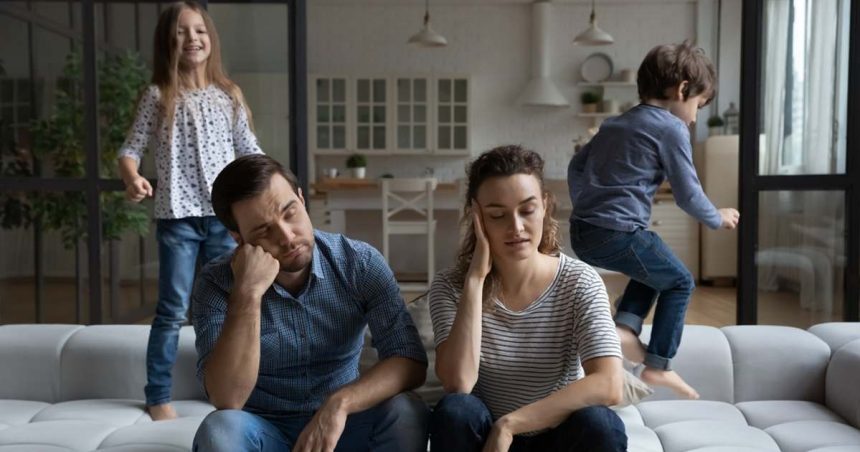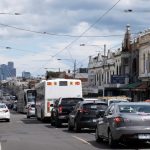Pricey property could be sending Australia into a baby recession as prospective parents are forced to choose between finances and family.
Recent figures from advisory firm KPMG Australia have the number of births nosediving across to country in 2023 down to 289,100 – the lowest number since 2006.
The final baby tally for last year still isn’t in the hands of ABS officers, but preliminary figures aren’t painting a pretty picture after fertility rates fell off hard from two babies for every woman in 2008 down to 1.63 in 2022.
Does this mean Aussies are losing their love affair for the horizontal tango? Unlikely, but experts think savvy sex addicts are ‘playing it safe’ as soaring housing prices and cost of living force prospective buyers to put off having a baby.
KPMG Urban Economist Terry Rawnsley explained that saving for a home was now more than ever a daunting task for most of the country, putting an end to the pandemic baby boom that had Aussies rooting like rabbits.
“We haven’t seen such a sharp drop in births in Australia since the period of economic stagflation in the 1970s, which coincided with the initial widespread adoption of the contraceptive pill,” said Rawnsley.
“Following the uncertainty of pandemic lockdowns people who had held off having children decided to start families. The record-low unemployment rate and the stimulus money that flowed into the economy had provided encouragement for people to start having children again.”
“With the current rise in living expenses applying pressure on household finances, many Australians have decided to delay starting or expanding their families.
“This combination of the pandemic and rapid economic changes explains the spike and subsequent sharp decline in birth rates we have observed over the past four years.”
No room for a baby
The analysis showed that fertility rates were lowest in the CBD and surrounding inner areas, where median property prices are usually above the one million dollar mark, while the highest number of births in capital cities were often out in the burbs.
With inner-city living continuing to be a dream destination for most Aussies under 35, University of Western Australia social scientist Amanda Davies says that big-city prices shouldn’t be forcing younger Aussies to put off becoming parents.
“When you’re starting off and you’re starting to buy a new home and set up your family, the inner city is not the target space for that,” Professor Davies told ABC Radio Perth.
“Is it OK that this generation feel under such pressure that they either are choosing not to have children, or they’re choosing to only have one or two children, because it’s no longer a choice to have (just) one income in a household?
“Maybe it’s something to have a look at and think, ‘is the structure of our social supports OK and how can we enable people to have families?”
RELATED: Sydney homes out of reach for those on regular full-time incomes
But it’s not just city slickers opting out of family duty. CEO of The Parenthood Georgie Dent also said that the growing cost of raising a child is far outpricing the mortgage for most young Aussies entering the market.
“Parents are economically and emotionally struggling because having children has become so expensive,” said Dent.
A majority of parents surveyed by her organisation said they were counting on having two incomes to support a young family.
With the property market seemingly set to only climb in the coming years, Ms Dent said parents desperately needed better access to more affordable child care and longer paid parental leave to make starting a family seem feasible in the short term.
“If there is no safety net or adequate infrastructure around new parents of course they they’re going to make decisions to start a family later, to have fewer children, possibly not have children at all,” she said.







